Intro
Industries continue to discover their growing need for real-time computing, mostly because of its high value for businesses. As IDC recently reported, by 2025, more than a quarter of world datasphere will be real-time in nature, and we all should start preparing ourselves for that digital change in advance. Real-time data brings amazing benefits like higher customer engagement and better software performance, but it also expires fast and requires big investments and well-executed flow. In this post, we’re breaking real-time features down for those who consider mobile app development in 2019.
What’s a Real-Time Feature
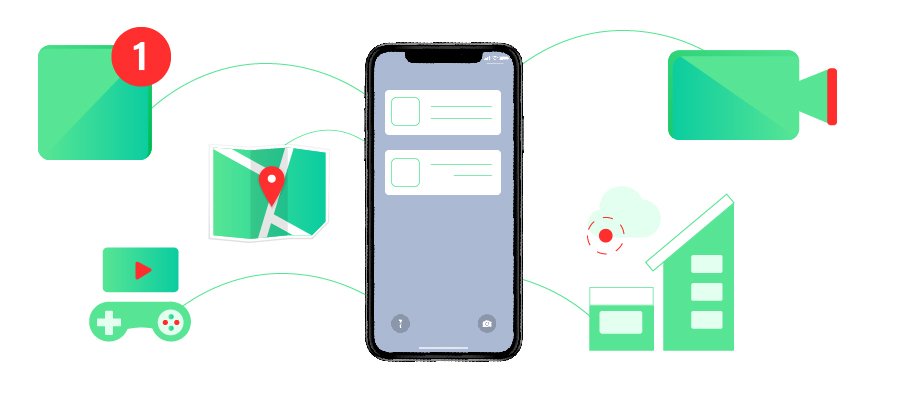
The term real-time is used when talking about the immediate processing of data that follows an occurred transaction. Meaning, a database of an app is being updated exactly when an event occurs. Since app data gets updated once a certain transaction takes place, users see the time frame of the application’s performance as instant. In other words, events happening in real life reflect digitally in real-time applications (RTA). The use of RTAs in computer science is called real-time computing (RTC) or reactive computing.
The level of digitalization we’re facing these days reached the point when buying something offline seems bizarre and too tiring, while not getting served — whatever the demanded service would be — immediately after requesting it feels just frustrating. If you look at the top 20 most popular mobile apps of today, you’ll discover that literally each of them has one or another real-time feature on board. Real-time functionality makes people rely on software more than ever before by replicating the real two-end communication and smart response on the user’s actions. Regardless of the caliber, literally every company from an innovative startup to a well-established digital market leader shifted their focus to real-time features implementation for a higher level of life process automation.
Sectors like healthcare, transportation and logistics, personal shopping, and finance were first to discover the world’s appetite for real-time functionality in software, but at this point, we can surely affirm that regardless of the niche you’re working in, the real-time feature set is something you don’t want to miss when developing an app.
Examples of real-time technology in mobile apps include:

Instant communication. You get a notification on a message your friend has just sent to you, meaning in real time.

Streaming. The audience sees what a broadcaster is doing in that very moment while streaming.

Location tracking. When you’re waiting for your Uber to pick you up looking at how the vehicle is getting closer to you, that’s a real-time app feature for sure.

Multiplayer video games. The data transmitted from a game server allows all players to see their own version of a game and keep up with each others’ actions in real time.

Smart homes. IoT-powered devices that control your home react to events in real time as well, for example, start a fire sprinkle when there’s smoke in the building or open the garage door knowing your car has arrived.
Benefits RTC Brings to Mobile Software

Real-time computing brings truly amazing benefits for the end users of the software — otherwise, such features just wouldn’t make it to an absolute digital must-have. Not to be vague, let’s go straight to our top 7 reasons why you need real-time features in your app ASAP:
- Interaction. Real-time applications analyze events that take place in real life and respond to them appropriately. In other words, they mimic the actual behavior of a human being with his/her intellect and behavior patterns.
- Instant everything. Real-time functionality is all about immediate response to what has just happened, and we can’t come up with a situation when receiving timely updates doesn’t matter.
- Multitasking. Real-time apps allow users to switch from one activity to another without losing progress.
- Fresh content all day every day. If you’ve been wondering why Instagram and Facebook are so addictive, the answer hides in endless new posts on their feed.
- Easy maintenance. Cloud delivery networks used in RTC software development allow applications to perform without extra technical support nor a huge budget.
- Unlimited access to user attention. Real-time applications serve a platform where a business and its clients connect. This works equally great for both sides — people can get quick customer support any minute, as well as a company can reach them through push notifications whenever needed.
- Around-the-clock performance. Real-time mobile applications do not rely on the human factor when it comes to core features. Users get equally great software performance regardless of the time of day, weather, season, etc.
Real-Time Features to Add in Your App
We could go on and on about the benefits of RTC for mobile software, as the list written above is basically just a cherry on top. Instead, let’s move from the abstract real-time greatness information to the actual RTC features we can’t imagine a successful mobile all release.
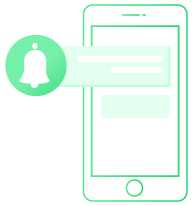
Push notifications
There is probably no smarter strategic investment in terms of app marketing other than push notifications feature. It reminds the users about your app running on their smartphones, keeps them tuned, and even forms a habit to check what’s new with the app once in a while. Although app developers should use this power wisely — disturbing notification attack on a daily basis would bring the opposite results to the ones you were actually working for.Localytics push notification statistics find that engagement in the app use has grown by 30% in push notifications recipients within eight months of getting them regularly.
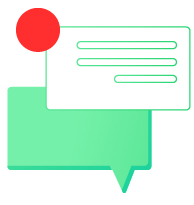
Real-time messaging
Instant chat is the main reason why software developers started putting real-time app functionality first, especially for mobile applications. Users quickly got used to receiving data here and now and that standard won’t drop anytime soon.
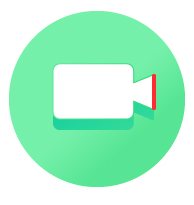
Live streaming
In the last few years, nothing flustered the IT industry harder than live streaming did. Users love it, and software developers do not hesitate to take advantage of it as well. Platforms like Twitch and Netflix chose data streaming to be the core for their software, thereby setting up a trend for other companies to follow.
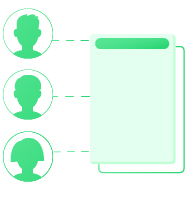
Multiplayer
Multiplayer mode in applications applies not only to mobile gaming, as you might have thought. It also allows users to share, edit, and track each other’s operations on the same file. Examples of non-gaming multi-user apps include Google Docs and Figma.

Auto-updating feed
If you’re thinking of adding a feed to your app’s UI/UX, make sure it would update in real time once a fresh content is released online as it does on Instagram and Facebook.

IoT control
Once being an unrealistic hope, smart devices and even whole homes powered by Internet of Things are our reality now. Of course, this functionality isn’t something you can randomly add to the feature set of a mobile app, but you definitely should take this niche to consideration when brainstorming with your app development team.
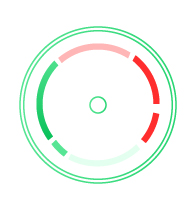
Order tracking system
Transparency and fast communication are two essential components of good customer service. If you consider the release of on-demand delivery or shopping mobile applications, order tracker would be a great competitive feature. A real-life example of a good order tracking mechanism is the Domino’s pizza order tracker in their web and mobile applications.
Summary
What makes real-time computing so unique and necessary for modern people, is the seamless ongoing connection it creates between digital products and their users. We hope that this article has broken real-time features for mobile applications down for you. In case we missed anything you’d like to find out, do not hesitate to contact us for more information on any matter somehow related to app development.




 (6 votes, average: 3.67 out of 5)
(6 votes, average: 3.67 out of 5)